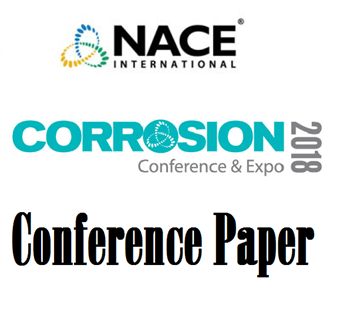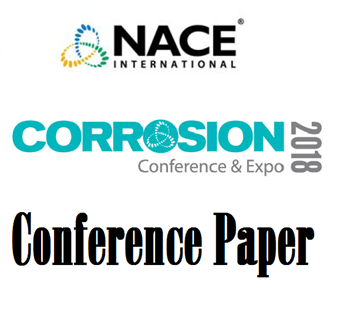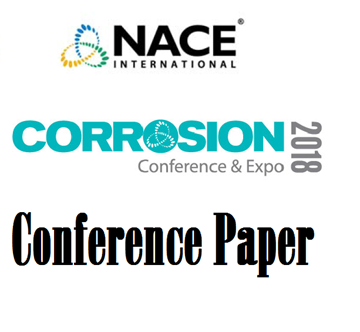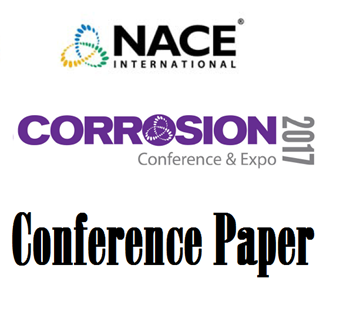Search
Products tagged with 'coating disbondment'
View as
Sort by
Display
per page
51318-10544-Cathodic Protection, Coatings that Shield Cathodic Protection, Stress Corrosion Cracking and Corrosion Assessment in Aging Coated Pipe Lines and Buried Utility Structures
Product Number:
51318-10544-SG
Publication Date:
2018
$20.00
51318-10841-BARE FIELD JOINT FOR SUSBEA PIPELINES A POSSIBLE ALTERNATIVE ?
Product Number:
51318-10841-SG
Publication Date:
2018
$20.00
51318-11023-Effect of Soil and Disbondment Configuration on CP Penetration into Coating Disbondment
Product Number:
51318-11023-SG
Publication Date:
2018
$20.00
Application Of Direct Assessment Methods In Arid And “Sabkha” Environments
Product Number:
51321-16756-SG
Publication Date:
2021
$20.00
Enhancing Cathodic Protection System Design and Operation Efficiency by Numerical Modeling
Product Number:
MECC23-20032-SG
Publication Date:
2023
$20.00
Extending the Life of an Ageing Forty Two Years Old Offshore Wet Crude Pipeline
Product Number:
51322-17532-SG
Publication Date:
2022
$20.00
Overview of latest advances in measuring and understanding cathodic protection current permeability by organic coatings
Product Number:
51320-14685-SG
Publication Date:
2020
$20.00
Penetration of Cathodic Protection into Pipeline Coating Disbondment
Product Number:
51317--9146-SG
ISBN:
9146 2017 CP
Publication Date:
2017
$20.00








